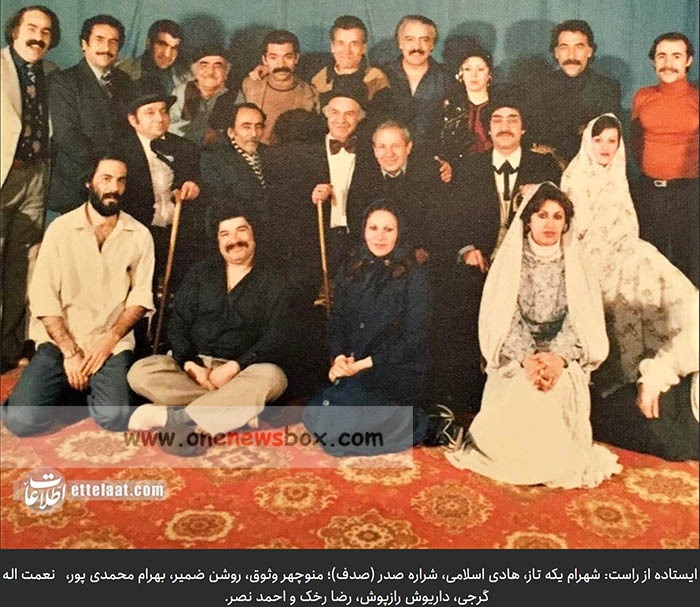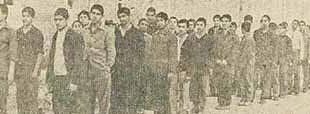In this situation, the owners of Lalezar theaters invited directors and playwrights to produce the show according to the conditions of the day. Middle-class citizens who were looking for an artistic narrative of the events surrounding the revolution and a reunion with the stars of cinema and television were the audience of these shows. In 27 months of the continuous performance of revolutionary-commercial theater shows, nearly 70 shows with historical, religious, political, and family themes were performed in Tehran theaters with the presence of cinema, theater, and television directors, as well as cinema and television stars, alongside young and novice actors.
The closure of the Lalezar theaters marked a significant turning point in Iran’s cultural landscape. Lalezar Street, once known as the heart of Iranian entertainment, witnessed a profound transformation post-revolution. The theaters that once hosted lively performances and served as cultural hubs were repurposed or left abandoned. The government’s intervention in the theater industry aimed to align artistic production with the new cultural policies that emphasized religious and revolutionary values. However, this shift led to a decline in the diversity and vibrancy that once characterized Tehran’s theater scene.

